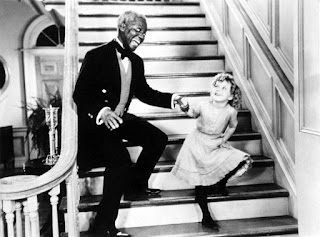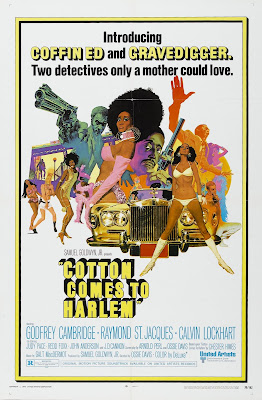Cleopatra Jones

Jack Starret who was an actor/director directed Cleopatra Jones . Max Julien and Sheldon Keller wrote the screenplay. The film starred Tamara Dobson who was a former fashion model; she had worked in Vogue, Essence, and Ebony Magazines. Cleopatra Jones was made after Warner brothers had seen the success of films like Shaft and Sweet Sweetback’s Baadasssss Song . Though the film as many elements of a Blaxploitation film, Cleopatra Jones doesn’t use sex to attract an audience. The film is relatively modest with no explicit sex or nudity. The film instead relies on the action of the story to attract an audience. The film feels like a James Bond story, there are elaborate car chases, the villains are extravagant, and like James Bond, Cleopatra Jones doesn’t hide, she is a hero to the cops and the community around her. In the film Cleopatra is a hero for the black community. In the street scenes s...


